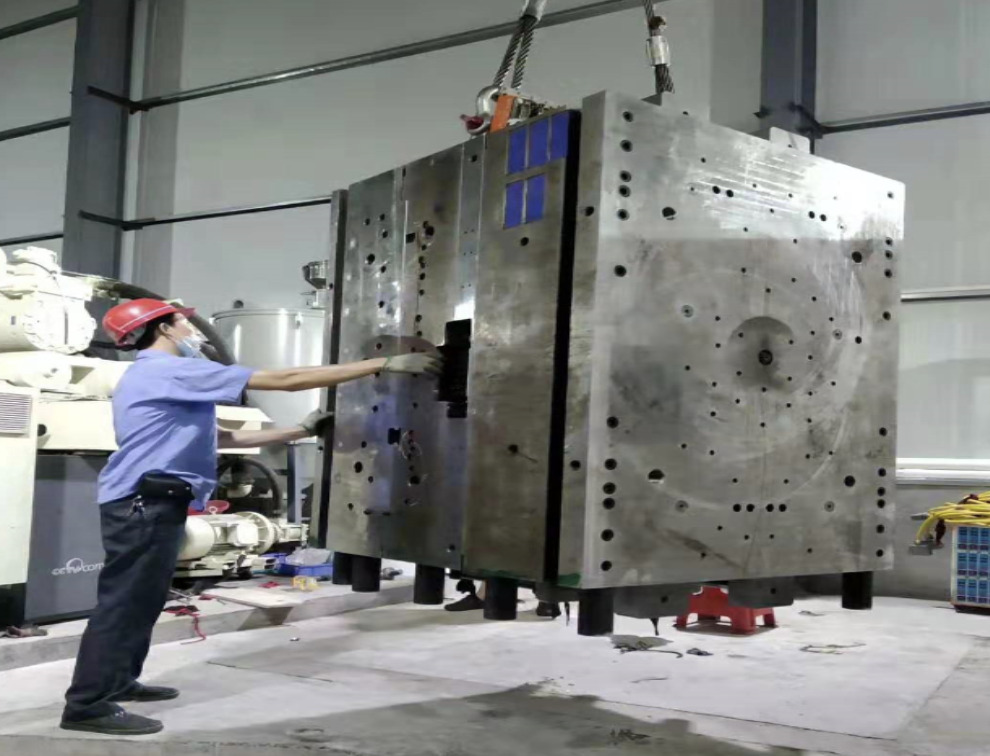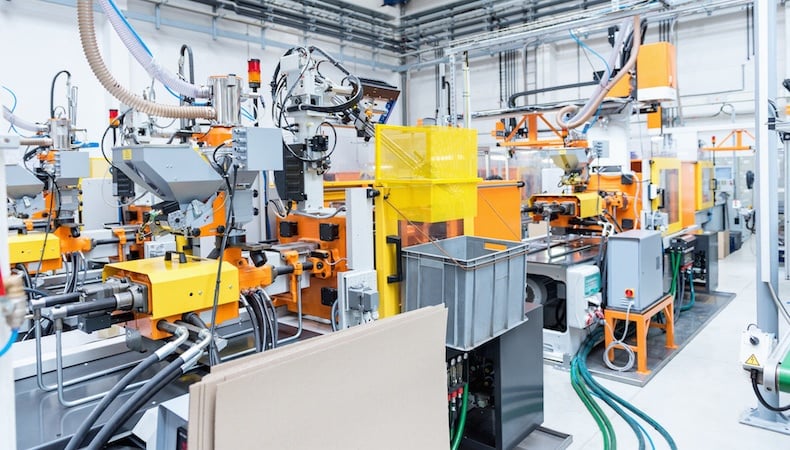Plastic Injection Molding: A Comprehensive Overview to Modern Manufacturing Techniques
Plastic Injection Molding: A Comprehensive Overview to Modern Manufacturing Techniques
Blog Article
Understanding the Essentials of Plastic Injection Molding Processes
Plastic shot molding serves as a foundation of contemporary manufacturing, offering a methodical method to creating complicated elements with precision. Exploring these necessary elements might expose just how even minor changes can lead to considerable improvements in production outcomes, elevating inquiries regarding the possibility for advancement in this established procedure.
What Is Plastic Shot Molding?
Plastic shot molding is an extensively used production procedure that changes thermosetting and thermoplastic materials right into specific and complex forms. This technique is favored for its ability to generate high volumes of similar get rid of phenomenal accuracy, making it an indispensable approach in various markets, consisting of auto, customer items, and clinical devices.
The procedure entails melting the picked plastic product and injecting it right into a mold and mildew under high pressure. The mold, developed to the requirements of the wanted component, permits the liquified plastic to take shape as it cools and solidifies. Once the product has set, the mold and mildew is opened up, and the finished element is ejected.
Plastic shot molding uses a number of benefits, consisting of reduced waste, uniformity in production, and the capability to integrate elaborate designs that might be challenging with other producing approaches. Furthermore, it sustains a broad variety of products, each providing special buildings that can be customized for certain applications. As markets continue to innovate, plastic shot molding continues to be at the center, allowing the advancement of sophisticated items that fulfill developing customer demands.
The Shot Molding Process
The injection molding procedure is an innovative strategy that involves several essential phases to produce high-quality plastic elements. Plastic pellets are fed into a heated barrel where they are thawed right into a thick liquid. This molten plastic is after that infused under high pressure right into a precision-engineered mold, which forms the material right into the preferred form.
When the mold and mildew is loaded, the plastic is permitted to strengthen and cool down, taking the form of the mold and mildew cavity. Cooling time is vital, as it affects the cycle time and the last buildings of the shaped part. After sufficient cooling, the mold and mildew opens, and the finished component is expelled using ejector pins.

Materials Utilized in Shot Molding
Various products can be utilized in the injection molding process, each offering one-of-a-kind residential properties that deal with certain applications. The most frequently utilized products include thermoplastics, thermosetting plastics, and elastomers.

Thermosetting plastics, like epoxy and phenolic materials, go through a chemical adjustment during the curing process, resulting in an inflexible, inflexible framework. These materials are ideal for applications needing high warm resistance and structural honesty, commonly utilized in automobile parts and electrical insulators.
Elastomers, including silicone and rubber-based materials, supply adaptability and strength. Their special residential or commercial properties make them suitable for applications that require flexibility, such as seals and gaskets.
Furthermore, specialty materials like bio-based plastics and composites are obtaining traction for their ecological benefits and boosted efficiency attributes, widening the extent of shot molding applications in various sectors. Understanding the homes of these materials is vital for picking the ideal type for certain tasks.
Benefits of Shot Molding
Shot molding sticks out as an extremely effective production process that provides various advantages for generating complex get rid of precision. One of the most significant benefits is the capability to create detailed styles that would be tough or impossible to accomplish with other approaches (Plastic Injection Molding). The procedure permits tight resistances and thorough functions, guaranteeing premium components
In addition, injection molding is known for its quick manufacturing capabilities, click over here making it an excellent option for high-volume production. Once the mold and mildew is created, parts can be generated swiftly, minimizing lead times and enhancing general productivity. This efficiency not only decreases manufacturing expenses yet additionally supplies a competitive side out there.
The flexibility of products used in shot molding better boosts its charm. A wide variety of thermoplastics and thermosetting polymers can be utilized, permitting makers to pick materials that ideal fulfill their details requirements, consisting of warmth, flexibility, and stamina resistance.
Additionally, the process decreases waste, as excess material can frequently be recycled and recycled. This sustainability element adds to a reduced environmental impact, making injection molding a liable production choice. On the whole, the benefits of injection molding make it a favored approach for several markets.
Aspects Affecting Product Top Quality
While various aspects can influence product high quality in injection molding, understanding these components is essential for accomplishing ideal results. Trick elements consist of product selection, refining specifications, and mold layout.
Product selection plays a crucial role, as different polymers show special homes that influence flowability, stamina, and my blog thermal security. Inadequate go to website material option can bring about issues such as warping or insufficient filling.
Processing specifications, including stress, cycle, and temperature time, must be thoroughly controlled. Variants in these setups can result in disparities partially dimensions and surface area finish. Excessively high temperatures might trigger deterioration of the polymer, while poor pressure can result in short shots.
Mold style is similarly essential, as it identifies the flow of the molten plastic and the cooling procedure. Inadequately developed mold and mildews might cause unequal cooling prices, leading to dimensional inaccuracies and residual stress and anxieties.

Verdict
To conclude, plastic injection molding serves as an essential production procedure that enables the effective manufacturing of top quality components. Mastery of the injection molding procedure, including the understanding of materials and the influence of various variables on item top quality, is important for accomplishing ideal outcomes. The benefits of this method, such as cost-effectiveness and style versatility, further highlight its importance throughout several industries, solidifying its condition as a recommended selection for high-volume manufacturing.
Plastic injection molding serves as a cornerstone of contemporary production, offering a systematic method to creating intricate components with accuracy.Plastic shot molding provides numerous benefits, consisting of reduced waste, consistency in production, and the capacity to include intricate styles that might be challenging with other manufacturing techniques (Plastic Injection Molding). As markets proceed to introduce, plastic shot molding stays at the center, allowing the growth of advanced items that satisfy advancing consumer needs
The injection molding process is an innovative method that involves several vital phases to produce high-grade plastic elements.In verdict, plastic shot molding offers as a critical production process that makes it possible for the effective manufacturing of high-grade components.
Report this page